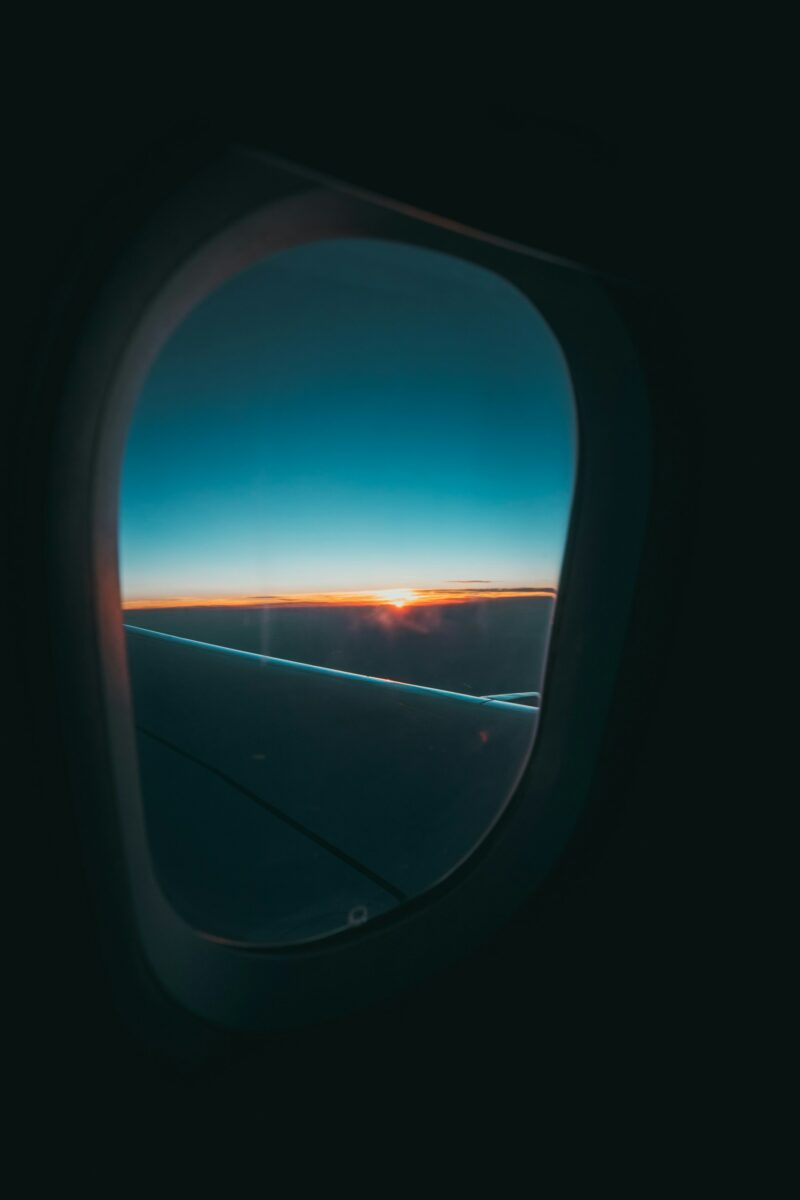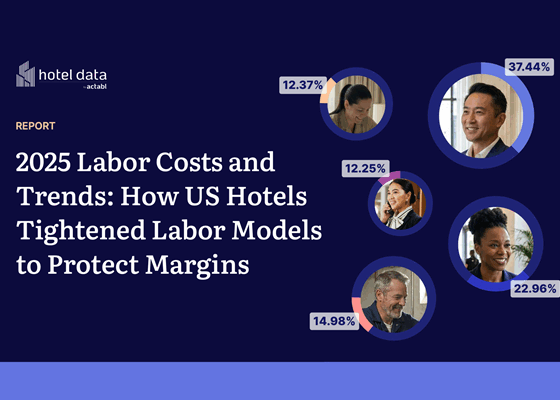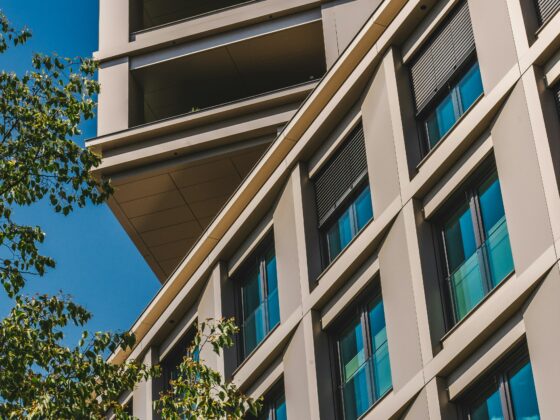A prolonged slowdown highlights soft demand and challenges ahead for major markets
Nov 24, 2025
U.S. hotel performance weakened again in October, marking the eighth consecutive month of year-over-year occupancy decline. The sector saw only modest growth in average daily rates, which was not enough to offset lower room demand. Revenue per available room also fell for the seventh month in a row, underscoring persistent softness in the market. STR expects the final months of the year to remain difficult as both occupancy and RevPAR continue to lag behind early-year highs.
Key takeaways
- Sustained occupancy decline: U.S. hotel occupancy fell 2.4 percent year over year in October, the eighth straight month of contraction.
- RevPAR under pressure: Revenue per available room dipped 0.9 percent, continuing a seven-month downward trend.
- ADR growth not enough: Average daily rate rose 1.5 percent to $167.71, but the increase failed to compensate for reduced demand.
- Ongoing market softness: Neither occupancy nor RevPAR has posted year-over-year gains since early 2025, suggesting prolonged cooling.
- Top markets perform better: The top 25 U.S. hotel markets continued to achieve higher occupancy and rates than all other markets.
- Shutdown impacts Washington, D.C.: RevPAR in the capital fell sharply during the final weeks of October due to the government shutdown.
- New York remains strongest: New York City recorded the highest occupancy among major markets at 89.4 percent, despite a slight year-over-year dip.
- Weakest performers: Tampa and St. Louis posted the lowest October occupancy levels among top U.S. cities.
Get the full story at STR







